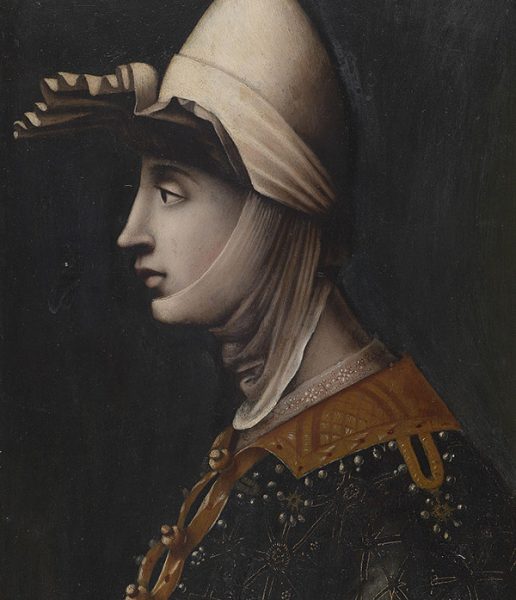Matilda of Canossa, Countess of Tuscany, left a legacy of church-building that has lasted a thousand years…

Italia! Women #1: Matilda of Canossa (1046-1115)
Revered as La Gran Contessa, Matilda of Canossa was one of the most powerful nobles in Italy and her legacy is built in stone – quite literally. But under normal circumstances we would never have known she even existed.
Though she was born to the extremely powerful and wealthy House of Canossa, as a woman she could not inherit, and so when her father was murdered and her brother died a year later, the family’s lands (much of northern Italy) were claimed by Matilda’s cousins in Germany (precisely the people who had killed her father), and eight-year-old Matilda (whose elder sister had also now died) was taken, with her mother, to live there.
That would normally have been the end of the story, but Matilda and her mother had an ally: Hildebrand of Sovana, who – as luck would have it – duly became pope.
As Gregory VII he introduced the Gregorian Reform, which returned to Rome the sole power to appoint clergy. Henry IV of Germany did not like this, but Henry had a major disadvantage of his own: he was even younger than Matilda and, as a minor, had an imperfect claim on the Canossa lands, and by extension Italy.
Cue the ‘Investiture Controversy’, which led to (though did not culminate in) the ‘Humiliation of Canossa’, in which the excommunicated Henry, now 26, supplicated himself at the gates of Matilda’s castle at Canossa for three days and nights, in a raging blizzard, while Matilda and Gregory coldly watched him from within.
Matilda spent the last forty years of her life building churches, at least a hundred of them, at regular intervals, along the lines that defended Italy from Germany.
These, along with the Devil’s Bridge at Borgo a Mozzano, and her brief appearance in Dante’s Commedia, are her living legacy.
Discover more Italian Culture in our archive
Featured image © Heritage Images via Getty Images
